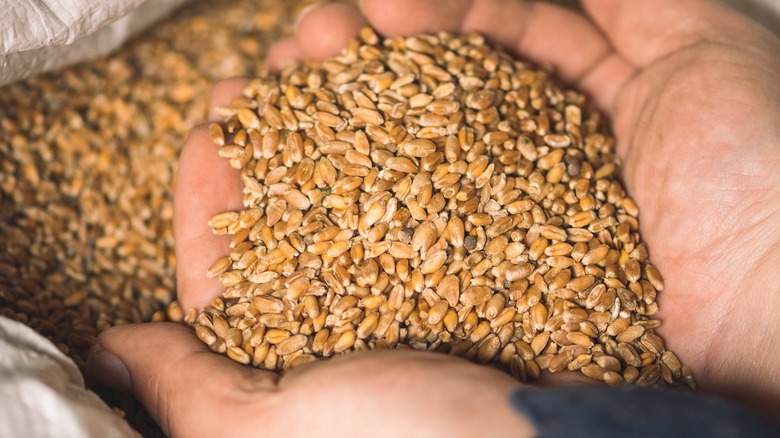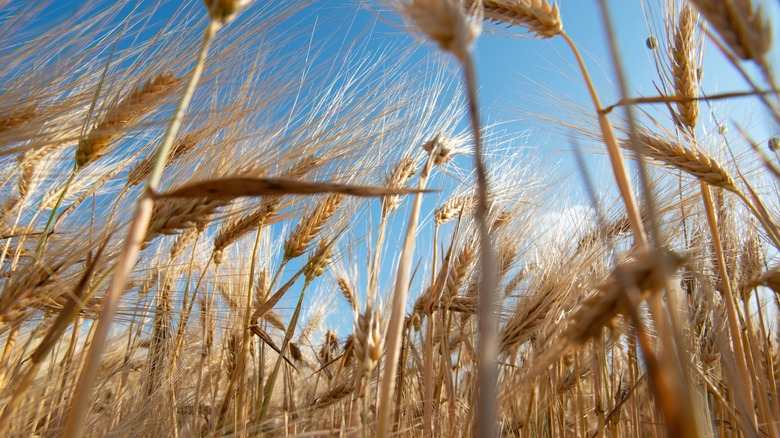Cereal's Sharp October Price Increase Prevented Overall Food Costs From Dropping
If you've visited a grocery store in the past few months, you know what a shock the bill can be at the end. Climate change, the COVID-19 pandemic, and the Russia-Ukraine conflict have combined to form a perfect storm, wreaking havoc on consumer wallets.
What has manifested as a change in shopping habits for some has emerged as an epidemic for others. By the USDA's standards, food insecurity has become the new normal for many households around the U.S., with dunhumby's Consumer Trends Tracker reporting that 55% of all U.S. consumers are struggling to afford their usual food purchases. Even high-income shoppers are feeling the heat: 73% of households with an annual income over $100,000 are now favoring more budget-friendly food options.
Luckily, there's a tiny bit of good news: According to new data from the U.N.'s Food and Agriculture Organization (FAO), it looks like, slowly but surely, food prices are beginning to drop. The FAO Food Price Index (FFPI) hit 135.9 points in October 2022, a nearly identical score as in September; Besides cereal, the FFPI October report shows that all other food categories demonstrated a decrease in price. Unfortunately, cereal's price rose so dramatically it prevented overall food costs from decreasing in a more meaningful way for the month.
Cereal prices offset other food category decreases
Per the October FAO report, vegetable oils, meat, dairy, and sugar all dropped in price last month, some by as much as two or more points: the dairy price index went down 2.5 points, vegetable oil by 2.4 points, sugar dropped 0.7 points, and meat decreased by 1.6 points. While these values still demonstrate a significant year-over-year price increase from 2021, they might indicate a shifting of the tracks for the runaway food inflation train. A notable outlier is vegetable oil, which is the only commodity with a lower price index compared to last October; The price index of vegetable oil is close to 20% less than it was in 2021.
Alas, it's a different story in the cereal category. The FAO's cereal price index hit 152.3 points during October of this year, 11% higher than in October 2021 and up 3% from September 2022. This is due, at least in part, to the uncertain future of the U.N.'s Black Sea Grain Initiative, says the FAO, which has caused global wheat prices to increase by 3.2%. The Black Sea Grain Initiative was signed by Ukraine and Russia this past July and is a deal that allows ships to carry Ukrainian food exports through the previously-blockaded Black Sea (via The Guardian). Already, the deal has effectively counteracted food shortages with the U.N. reporting that shipments of grain and fertilizer neared 8 million metric tons by late October, but the financial benefits are slow to ripple across the world, and the longevity of the deal has already been threatened.
Perhaps if the Black Sea Grain Initiative can inspire confidence November will see a more impressive decrease in the overall cost of food, but only time will tell.

